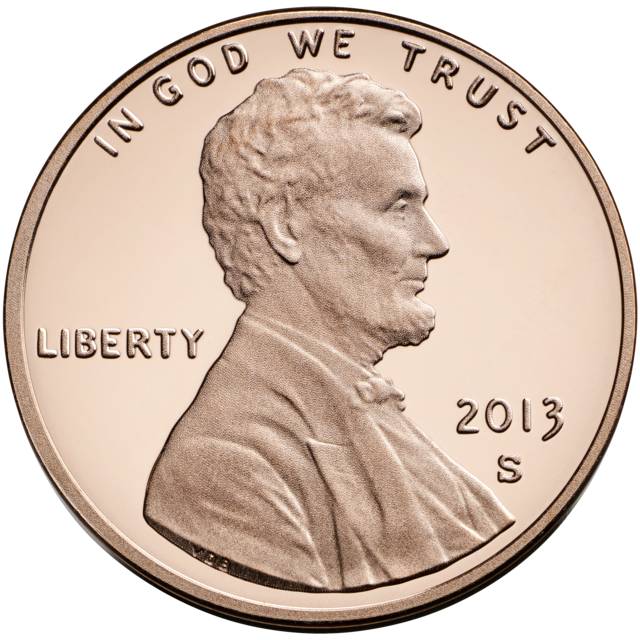President Donald Trump is currently attempting to discontinue the penny’s production by the U.S. Treasury in an attempt to cut costs, and then use the money saved to reduce the U.S. debt. But how effective is this and what will it lead to?
The cost of the penny is 3.69 cents to make according to the U.S. Treasury Department which is 36,900% of its actual worth. While this all sounds significant, in reality, the discontinuation of the penny will only save around 55 million dollars which is minimal in the grand scheme of the U.S. budget.
While there are almost 120 billion pennies in circulation today, once manufacturing halts, businesses may have to round to the nearest nickel for prices. This leads us to another issue, the manufacturing cost of nickel. The nickel is currently worth five cents and costs $13.78 to make. Its manufacture cost has outpaced the street value of the coin for 19 years straight as in 2023, it cost nearly 200 million dollars to manufacture all the nickels required by the federal government.
While there isn’t much saying that the nickel will be discontinued anytime soon, if other cost-cutting measures are set into motion and digital currencies become more prevalent, the government may as well choose to save 200 million dollars a year for more pressing issues. While the discontinuation of the penny may not have any short-term consequences, businesses may have to round to the nearest nickel in the next couple of decades due to a shortage.







































